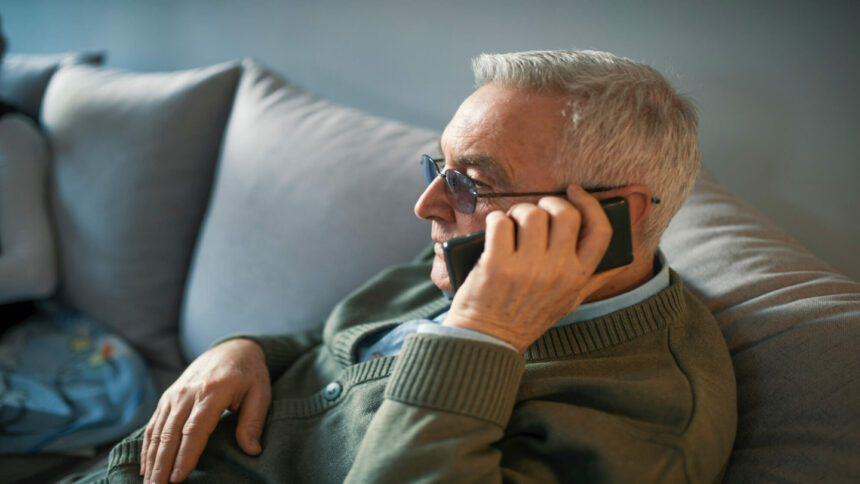
In the pre-pandemic days, the Centers for Medicaid and Medicare Services’ telehealth reimbursement policy required the use of audio and video. A return to such a policy could hurt a significant number of patients who now receive telephone-only primary care visits.
That’s the conclusion of a newly released study by RAND Corporation, which looked at data from outpatient primary care and behavioral health visits from February 2019 to August 2020 at 41 federally qualified health centers representing 534 locations in California. The study showed that, with regards to primary care visits, 48.5% visits occurred via telephone; 48.3% occurred in person; and 3.4% occurred via video. For behavioral health visits, 63.3% via telephone; 22.8% in person; and 13.9% via video
Eliminating coverage for audio-only telemedicine visits would disproportionately impact underserved communities, according to Lori Uscher-Pines, the study’s lead author and a senior policy researcher at RAND.
“Lower-income patients may face unique barriers to accessing video visits, while federally qualified health centers may lack resources to develop the necessary infrastructure to conduct video telehealth,” she said. “These are important considerations for policymakers if telehealth continues to be widely embraced in the future.”


